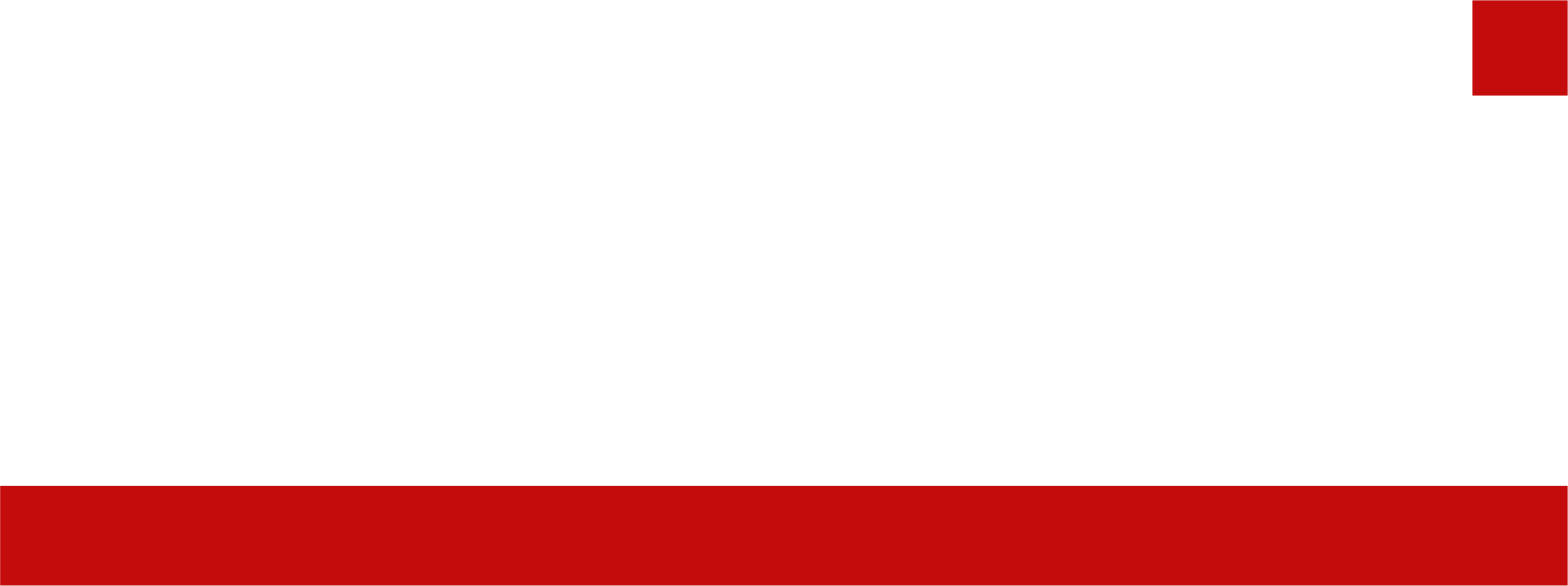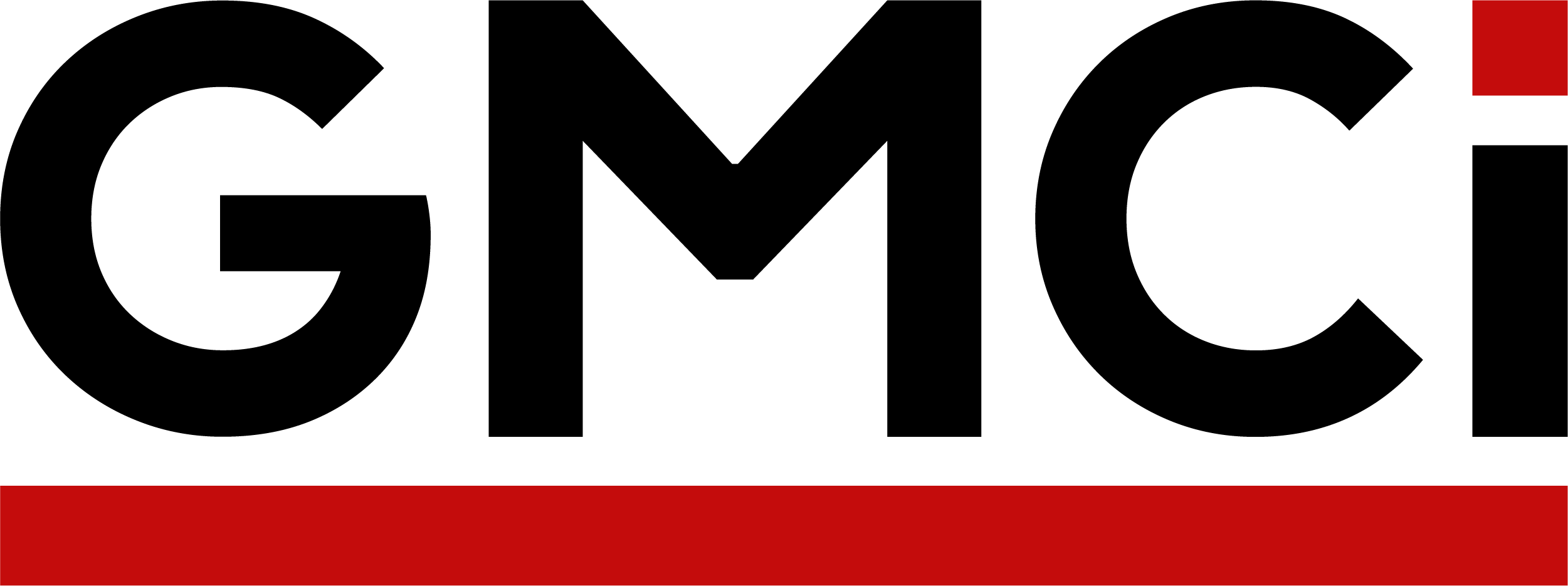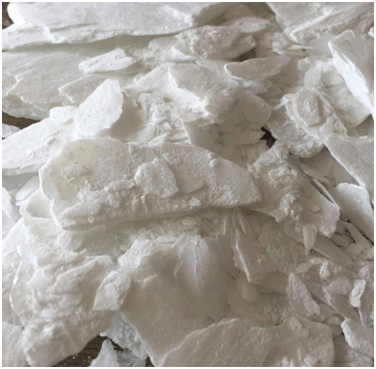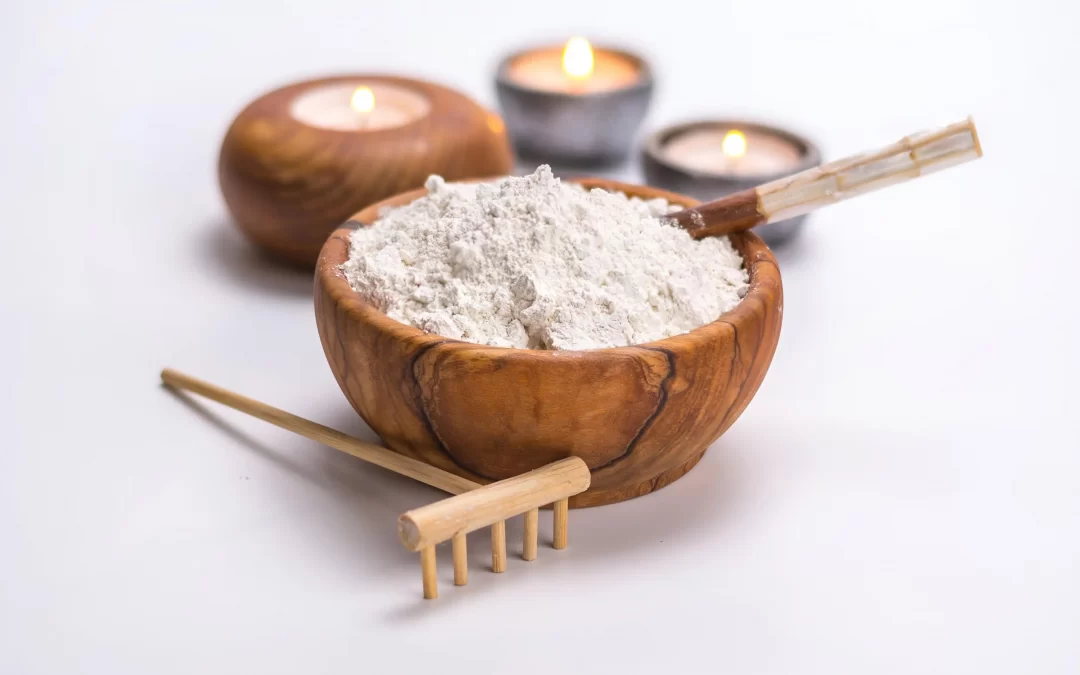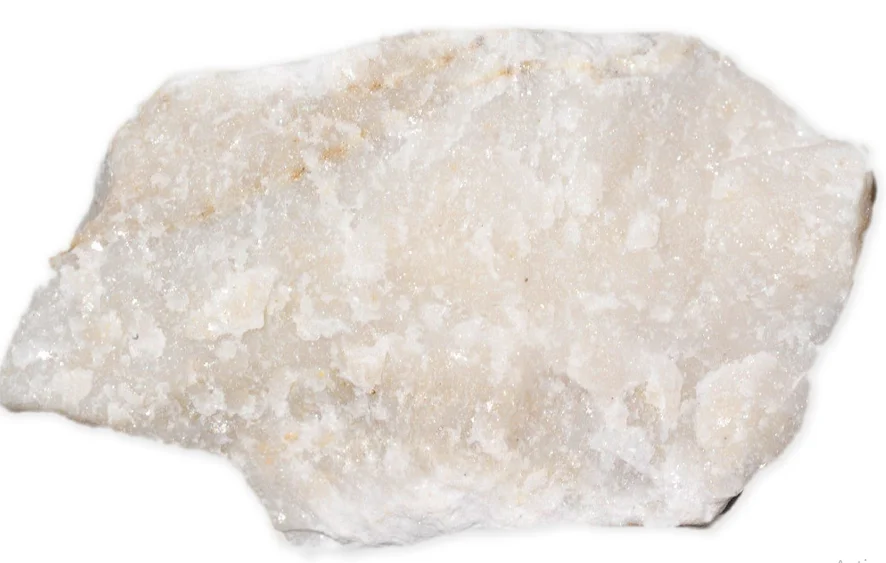This elementary layered sheet of hydrated silicate magnesium has basal surfaces that do not contain any active ions because of the layers of magnesium oxygen and hydroxyl octahedron sandwiches between the Silicon Oxygen Tetrahedron layers, which all in all explains the reason GMCI Talc is more inert and hydrophobic. In this regard, GMCI has made sure not to contaminate the Talc with other minerals as it could badly affect the Talc Product color.
It is the Talc in products like rubber, paint, paper, and cosmetic that makes it an integral part of everyone’s life, and Talcum powder is the most common of Talc, is a form of crushed white powder possessing the ability for moisture, oil, and odor absorption. By serving as a lubricant, it gives the human skin an astringent effect. It is the ability to survive in high temperatures, which makes the Talc Mineral utilized as a lubricant. It is a good moisture absorber and provides assistance in cutting down friction, which is the utmost reason behind keeping the skin dry and devoid of any rashes.
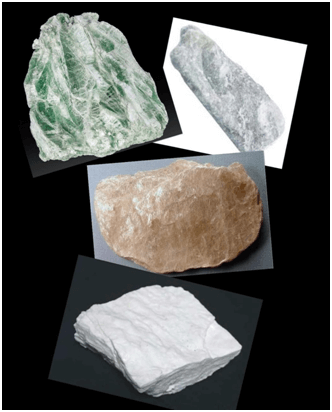
In today’s frequented days, Talc products containing the mineral are magazines where its properties amplify the quality and productivity in specific papers like colored and labeled and give a glossier touch to papers. This would give paper industries a significant boom in the market and perhaps sell a significant number of stocks. Talc product has also been used as a mode of consumption, and it is used in a variety of food items like chewing gum and rice polish, mainly for its anti-stick coating agent.
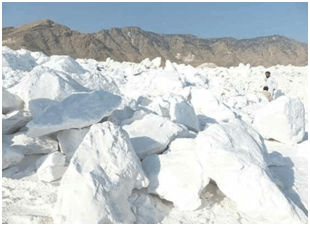
Talc has been utilized as a multipurpose mineral in several products, be it cosmetics, paper, food, mechanical and optical industries, and much more. The Talc production World Wide and consumption has increased at a staggering rate. In the year 2012, Talc was valued at 17 Million Dollars for producing 515000 metric tons of Talc and followed by China, the leading Talc producer with an estimate of 2.2 million metric tons, followed by India, the USA, Finland, and France. With Construction and manufacturing expected to increase in the future, the expected Global Talc market is expected to touch 1.7 billion worldwide by the year 2021 compared to 7.4 million in 2012 and is forecasted to grow at a CAGR of 3 percent from the year 2016 to 2021. Paint, coatings, and plastics are the driving force for the increase in demand for Talc.
